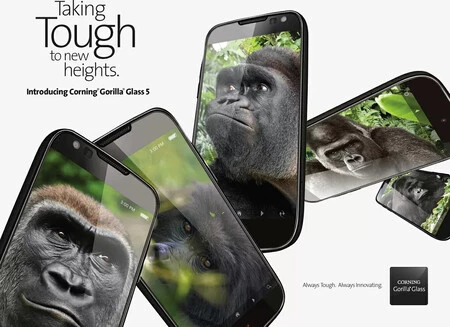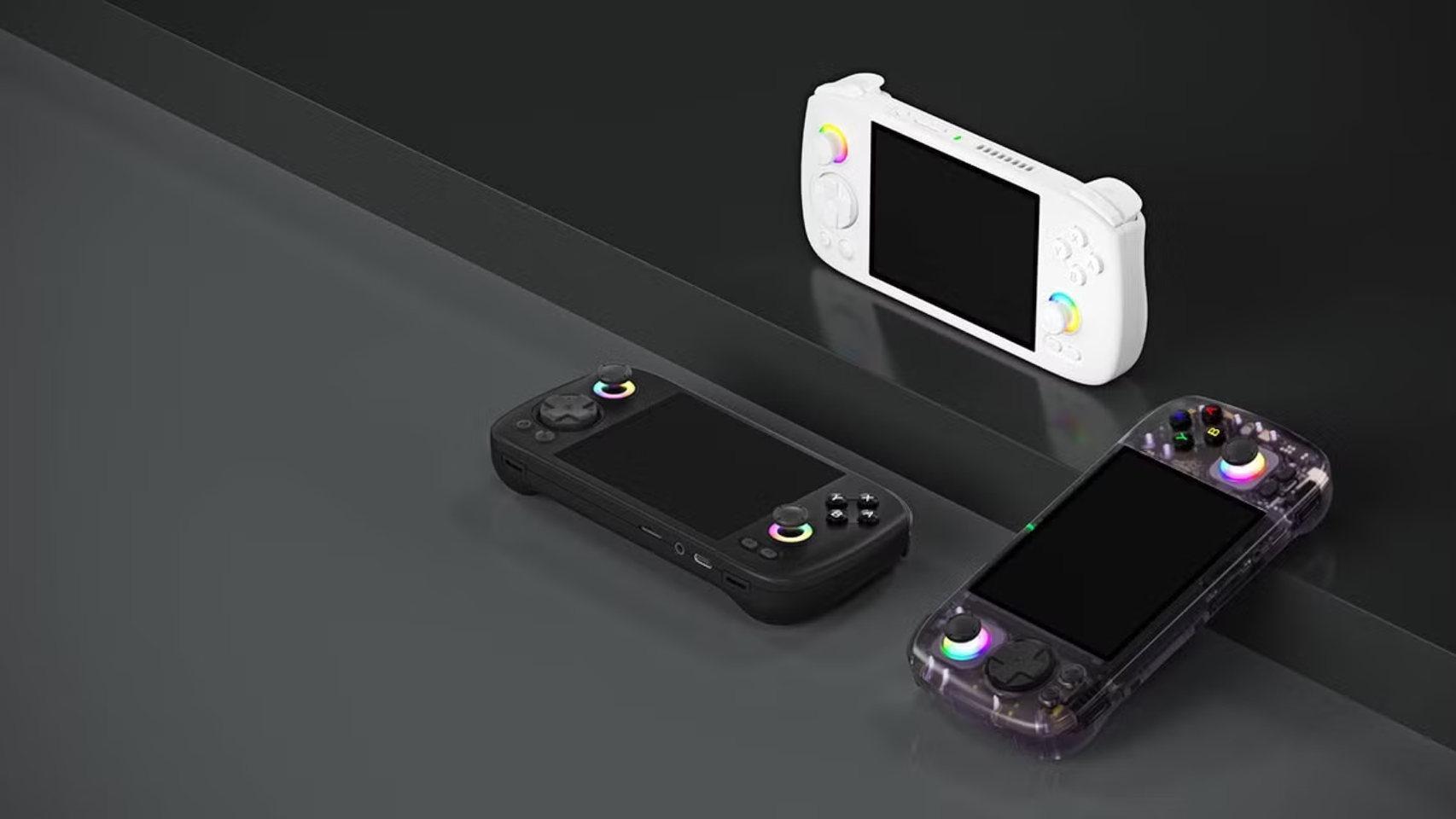“We will present a device that will revolutionize the Internet, another that will do it with communication and another with music.” In reality, only one was enough, the same one that Time magazine called the invention of the year: the iPhone. On January 9, 2007, it was demonstrated that phones did not need a keyboard, but rather a touchscreen. A 3.5-inch screen where a set of cheerful icons explained the basic functions. Even a child could use it. That was the idea.
But the first iPhone also houses the story of one of those “impossible challenges” that was overcome. And so, a giant step forward has been taken in one of the most essential technologies today: the one with the protective glass.
“Don’t be afraid. You can do it.”


There are those who say that thinking about Steve Jobs is like thinking about Kendall Roy, the character from the popular series “Succession” who stands out for his impossible projects, their crazy initiatives which are revealed at all costs
When the first concepts for the iPhone were brought to the table, Jobs made it clear that everything had to be perfect. For his brand new iPhone, he wanted the best screen possible. The best. Within the team, they suggested talking to Corning, a leading company that gained considerable no toriety when, in the 1960s, it developed the first chemically strengthened glass, Chemcor. An invention that would eventually be implemented in the windshields of racing cars or in the microscopes of the optometric industry.


Today, millions of tempered glasses are sold as if nothing had happened, but just ten years ago they were unusual. Especially since the first smartphones They still mounted panels protected by plastic film. Just compare the first BlackBerry Curve with the first iPhone, both dating from 2007: the change is catastrophic.
Unfortunately, despite early progress, experiments stalled for decades. You know what they say: the need creates the tool. Until the day Steve Jobs took a flight to Corning, New York, to meet Wendell Weeks, CEO of the same company. Jobs had a clear idea: a screen that was resistant to pocket damage, scratches from keys and coins, and still looked clean. And it had to be ready in six months.
After an initial meeting, Weeks tells him about his secret project, Gorilla Glass. Sound familiar? This is normal: more than half of all mobile phones and tablets in the world use this technology. Lenovo, Xiaomi, Oppo, Asus, Huawei, Nokia, Samsung, Google, Sony… The main brands mount Corning panels. But first was Apple.
“Six months is not enough”
However, Weeks made it clear that six months was totally outside of his filing window. It was an investigation that was going to take a lot of time. Jobs, cool and collected, answered the phone: “Don’t be afraid. You can do it.” They didn’t believe it. In fact, John Bayne, vice president of the department, reiterated that it was an impossible challenge. Its previous projects required about two years of research and development before becoming commercialized products.
Jobs, who would not accept a negative answer, insisted and left a production figure on the table.. We don’t know which one, but we can get an idea: the first iPhone sold its first million copies in just 5 days and would eventually exceed 6 million copies. And finally they did.


A year after this meeting, Corning presented its second generation at CES 2008, 20% thinner. Today, Gorilla Glass is synonymous with protection, a common industry standard used by competing manufacturers like Samsung, Xiaomi or Realme.
It seems that the pressure suited them: with Gorilla, they reached their eighth generation and they are already on the third of Victus, the evolution of this project born in 2006 with a simple premise, “you have six months to build the best mobile screen. ” But Apple always wants to go further. You just have to look at the innovations present on the screen of the new iPad Pro M4 to understand it.
An older version of this article was originally published on 02/05/2023.
In Applesfera | iPhone 16: release date, price, models and everything we think we know about them
In Applesfera | 41 little-known iOS tips for our iPhone and iPad ready to discover










